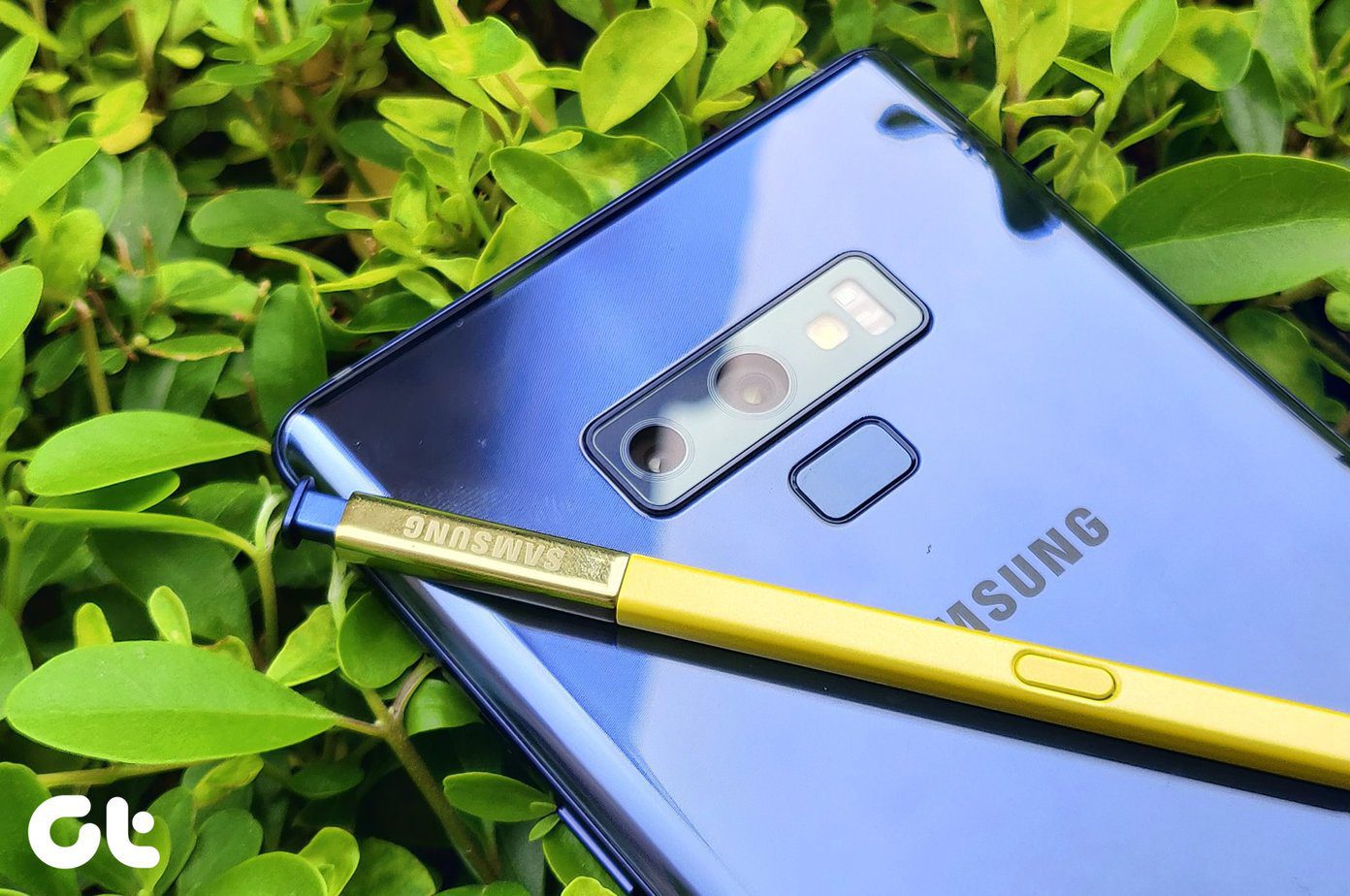Apart from using the Power button on the Windows 10 PC, there are other safer ways to shut down frozen apps on Windows 10. Some of them include:
Close Frozen Apps Using a Windows Shortcut
With a simple shortcut, Windows 10 users can close frozen apps. Here’s how it works: Step 1: Select the frozen application so that your PC is sure of the application to close. Note: If you don’t select any applications, the PC thinks you want to shut it down and the Shut Down window pops up. Step 2: Press Alt + F4 on your keyboard simultaneously. Step 3: Some apps will ask you if you want to close them in a pop-up message. Click on OK to close the app.
Close Frozen Apps Using the Windows Task Manager
The Windows Task Manager keeps track of apps, programs, and processes running on your PC. Using the Task Manager, PC users can identify frozen apps and shut them down. Here’s how to do so: Step 1: Press the CTRL + ALT + DEL keys on your keyboard simultaneously to open the Task Manager. The Delete and Backspace keys aren’t the same. If your keyboard doesn’t have the Delete” key, make use of the shortcut CTRL + ALT + ESC instead. Step 2: From the options displayed on the new window, select Task Manager to launch the app window. Step 3: Check under the tab labeled Processes for the name of the frozen app. Step 4: When you locate the app, select it, and click on End Task. With this action, the program should automatically close.
Close Frozen Apps Using the Command Prompt
The Command Prompt is one of the interface programs used to execute actions on Windows 10. Using the Command Prompt, users can close frozen apps. Here’s how it works: Step 1: On your keyboard, press Windows + R to launch the Run dialog box. Step 2: Within the empty field beside Open, type cmd and click on OK. Step 3: When the Command Prompt window opens, type tasklist and select Enter on your keyboard to run the command. Note: When you type tasklist, it reveals all the programs and tasks running currently on your computer. This list includes the frozen application. Step 4: Type the command below: You need to use the actual program name with the .EXE extension to run the command. Step 5: Select Enter on your keyboard to run the command and you should get a message stating that the process was successful. Instead of going through Command Prompt every time, you can also create a shortcut to close frozen apps. Here’s how to do this: Step 1: Right-click on any location on your desktop. Step 2: Scroll through the list of options and select New then click Shortcut. Step 3: You should receive a prompt asking you to provide the location of the shortcut. Type the command below in the box and click Next: taskkill /f /fi “status eq not responding” Step 4: Now, it is time to name your shortcut. You can input any name you like then click on Finish. Step 5: The new shortcut should show up on your desktop. With this, any time a program freezes, you can close it by double-clicking on this shortcut.
Close Frozen Apps Using the Windows PowerShell
PowerShell like Command Prompt is another command-line shell on Windows 10 that can be used for task configuration and automation. It can be used to close frozen apps through the following steps: Step 1: On the Windows search bar, type PowerShell and select Open. Step 2: To stop a process with its name, enter the syntax below: Stop-Process -Name “process name.” Note: Ensure that you replace “process name” with the name of the frozen program. Step 3: Select Enter to run the command.
Check PC Health Regularly
That’s it for how to close frozen apps on Windows 10. If you use these methods frequently, we suggest that you conduct periodic health checks on your computer to identify the root cause. The above article may contain affiliate links which help support Guiding Tech. However, it does not affect our editorial integrity. The content remains unbiased and authentic.






















